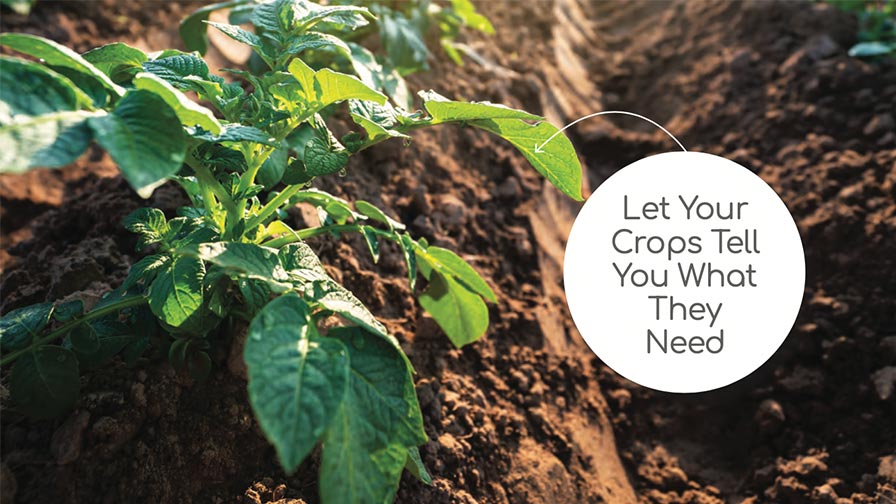Researchers Say Cover Crops May Help Save Soil In Flooded Fields
|
A new article by Purdue agronomist Eileen Kladivko and Barry Fisher, Indiana state soil health specialist for the Natural Resources Conservation Service says that planting cover crops could help preserve healthy soil in fields that have been left empty this year because of flooding. “These ‘prevented planting’ acres, while unfortunate for this year’s production, should be managed in ways to prevent further soil degradation and to increase soil productivity for next year,” the authors write. “Cover crops are an excellent option for producers to consider for protecting their soil and increasing productive capacity for succeeding years.” Excessive rainfall, like much of the Midwest has experienced this month, can break down soil aggregates, especially near the surface, Kladivko and Fisher note. Flooding and erosion can wash away nutrient-rich topsoil. When fields dry out, the remaining soil is baked to a hard crust that is susceptible to further erosion by wind and rain. In fields that are tilled to control weeds, soil nutrients can be lost through leaching. “To rebuild productive capacity and improve soil health, growing a cover crop for the remainder of the season is crucial,” the authors say. “In fact, having something green and growing during the non-frozen times of the year is a key concept for improving soil health, decreasing nitrate leaching to drainage waters, and improving water quality.” The article includes sections on improving soil structure and biological activity in topsoil, increasing permeability and decreasing compaction, building soil nitrogen, selecting the right cover crops, and seeding cover crops. Click here to read the article. Source: Purdue University news release |










